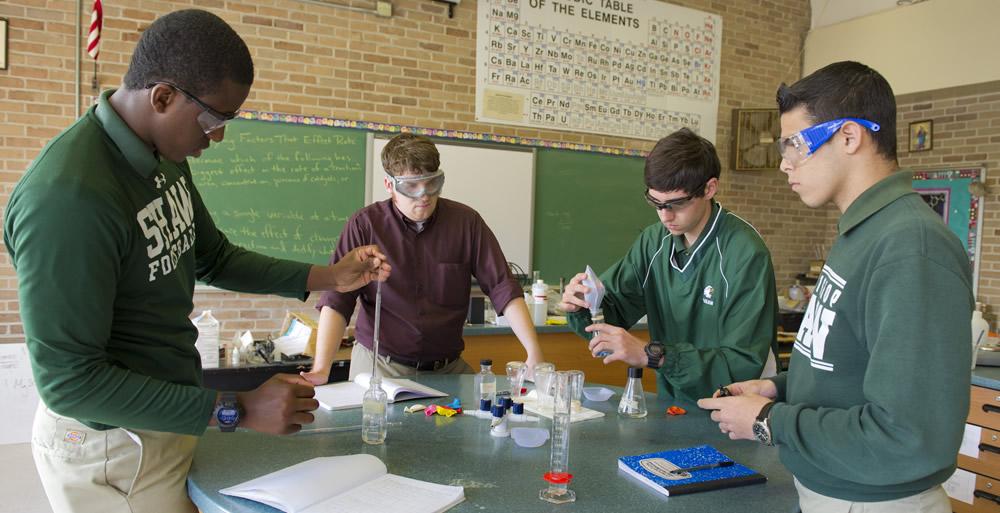When it comes to learning new vocabulary, especially with English language learners, research tells us that simple, one-time exposure is not enough for language to "stick." For more effective vocabulary expansion, consider utilizing the following seven strategies: say it, spell it, see it and specify meaning, Spanish translation, show it, synonyms, and a sentence example.
Let's use the academic word saponification as an example.
1. Say it
The first step is to say the word aloud several times. Let's try . . . saponification, saponification, and saponification. It's a mouthful, but it's important! Students need to hear and read the word repeatedly.
2. Spell it
Next, let's spell the word. Spelling is important because it gets at underlying phonics patterns, as well as prefixes, root words, suffixes, and even parts of speech. Let's be word detectives: sapo . . . what might that word look like to you? Perhaps you think of soap. Additionally, when you see "ification" what do you think of? Perhaps a process. So, what might this word mean?
3. See it and specify the meaning
Let's examine three pictures and see if we can determine the meaning of saponification.

Saponification means the process of making soap. Saponification is a noun that describes a chemical reaction between an acid (oil or fat) and a base (lye) to form a salt (soap).
4. Spanish translation
See if students know the word in another language. In this case, saponification in Spanish is saponificación. In looking at the words side-by-side we can highlight the parallel language pattern of "ification" and "ificación."
5. Show it
Let's make an action for saponification to help us remember the meaning (this technique is known as total physical response or TPR). Perhaps we could rub our hands together like we are washing them. Maybe we could have a motion for each step (acid or oil = rub your arms like you are putting on sunscreen) + (base or lye = pretend to pouring water into a cup) = soap (rub hands like you are washing them).
We might also watch a short video to aid in building background knowledge and add visual support.
6. Synonyms
Perhaps there are other ways in which we might interact with this word: saponified (verb), saponifiable (adjective), saponifying (verb). Additional synonyms include soap making, reaction, or conversion.
7. Sentence use
The scientist made soap by completing the saponification process. She combined an acid and a base to form a salt in the form of soap.
We soap hope that you are able to see the benefits of teaching vocabulary using diverse strategies. It's no lye, our students will really appreciate it.
For more information about vocabulary development, view this ENL webinar.

